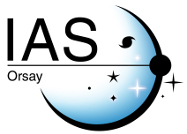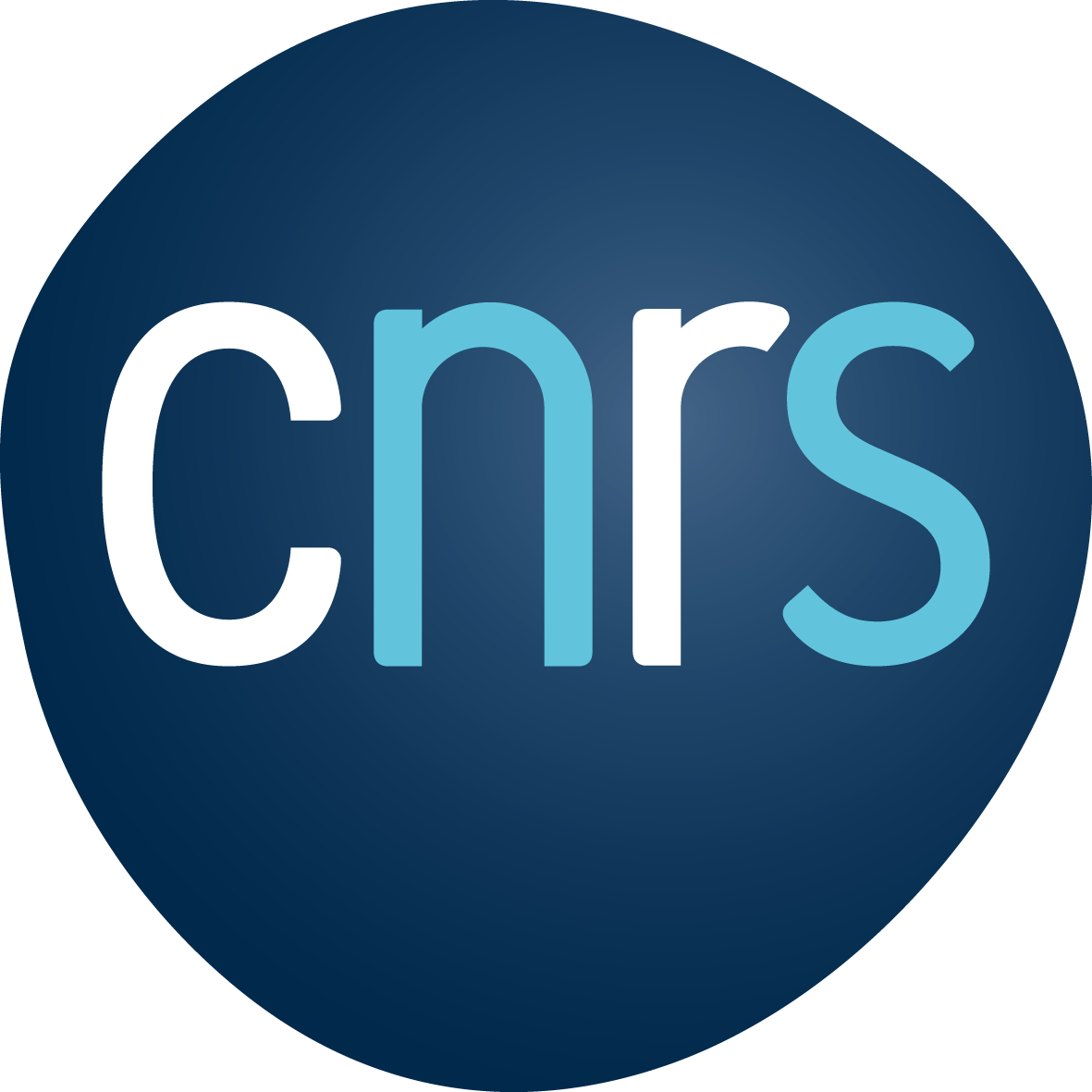Postdoctoral Position in 3D X-ray Diffraction Analysis of primitive extra-terrestrial material from sample return missions
Project description: We seek a highly motivated postdoctoral researcher with expertise in X-ray diffraction (XRD), particularly on extraterrestrial materials, to join our research team to study samples returned from carbonaceous asteroids by the Hayabusa2 (JAXA) and, possibly, OSIRIS-REX (NASA) space missions.
This project is part of a multi-technique analysis project conducted by a consortium of four leading French laboratories: IAS/Paris-Saclay, UMET/Lille, IPAG/Grenoble, and IMPMC-MNHN/Paris, and funded by the National Research Agency program. This large project aims at understanding the alteration history of Ryugu (e.g aqueous alteration, space weathering) and in particular at understanding the origin of the different lithologies observed in Ryugu. In fine, the aim is to better understand the collisional/evolution history of the Ryugu parent body.
At IAS, we have developed a novel non-destructive X-ray computed tomography (XCT) method to obtain the 3D descriptions of mm-sized grains from Ryugu, revealing significant variations in mineralogical assemblage, structure, and porosity of fragments/clasts of ~ 100 microns.
However, this XCT method does not give access to the detailed mineralogy of these different fragments/clasts. While XCT is very sensitive to morphological properties, XRD provide information about the mineralogical properties. We thus propose to determine these mineralogical properties using X-ray diffraction computed tomography (XRD-CT) on the mm-sized grains from Ryugu. In particular, it will help to better characterize the minor phases present in the different fragments/clasts. We will look for the presence of anhydrous minerals (olivine, pyroxenes…) as they are potential tracers of the least altered lithologies in Ryugu. Combining data of XCT with XRD, we will thus have access to a complete structural and mineralogical description of the different lithologies of the grains in 3D.
In 2024, XCT and XRD-CT data were measured for 6 different grains (5 grains from Ryugu and samples from Orgueil) using the PSICHE beamline at the SOLEIL synchrotron. The postdoctoral researcher will have to process the XRD-CT data to determine the mineralogy of the different clasts/fragments and to combine the XCT with XRD-CT data to correlate mineralogical differences with structural differences. A request for Bennu grains has been submitted by the host team at IAS for measurement combining XCT and XRD-CT. If successful, the candidate will be involved in these measurements and will be able to work on the structural and mineralogical differences between Ryugu and Bennu. In addition, beamtime proposal will be submitted to perform a new set of XCT / XRD-CT measurements in 2025 on PSICHE beamline.
The team at IAS has strong experience in analyzing grains from sample return missions. They were part of the preliminary analysis groups created by JAXA during the return of the Hayabusa2 mission due to their expertise and wide range of analytical equipment, including FTIR micro-imaging, guaranteed time on SMIS beamline, Raman, SEM (FEG-SEM with EDS and XRF detectors), TEM (JEOL-200 kEV). The candidates will be free to propose their own research project with access to these facilities. Additionally, the analysis of Ryugu and Bennu grains by XRD-CT is part of a broader analytical sequence ranging from the least destructive analyses (XCT, XRD-CT, FTIR spectroscopy) to more invasive analytical techniques (TEM, ion probe, STXM…). The candidate will collaborate with the different project partners (IMPMC-MNHN / UMET / IPAG) to correlate the results highlighted by XRD with the results obtained throughout the entire analytical sequence.
Qualifications:
• PhD in geosciences, astrophysics, or a related field.
• Experience with X-ray diffraction, preferably on extraterrestrial materials or samples with similar mineralogy.
• Background in data analysis and familiarity with Python libraries.
Expecting starting period: between 1st November 2024 and 1st February 2025
Application: Interested candidates should submit the following documents to Dr. Zélia Dionnet, Dr. Alice Aléon-Toppani and Dr. Rosario Brunetto at zelia.dionnet@universite-paris-saclay.fr, alice.aleon@universite-paris-saclay.fr and rosario.brunetto@universite-paris-saclay.fr : Curriculum Vitae (CV), List of publications and a cover letter.
Working Environment:
• Supervisors: Dr. Zélia Dionnet, Dr. Alice Aléon-Toppani, Dr. Rosario Brunetto
• Our lab: IAS/Paris-Saclay
• Related publications: Dionnet et al. 2023, Aleon-Toppani et al. 2024, José et al. 2023
Funding and Duration: The position is funded for 18 months, with a possible extension based on performance and availability of funds. Salary will be adjusted based on the experience if the candidate. In addition, financial support will be provided to cover research expenses.



